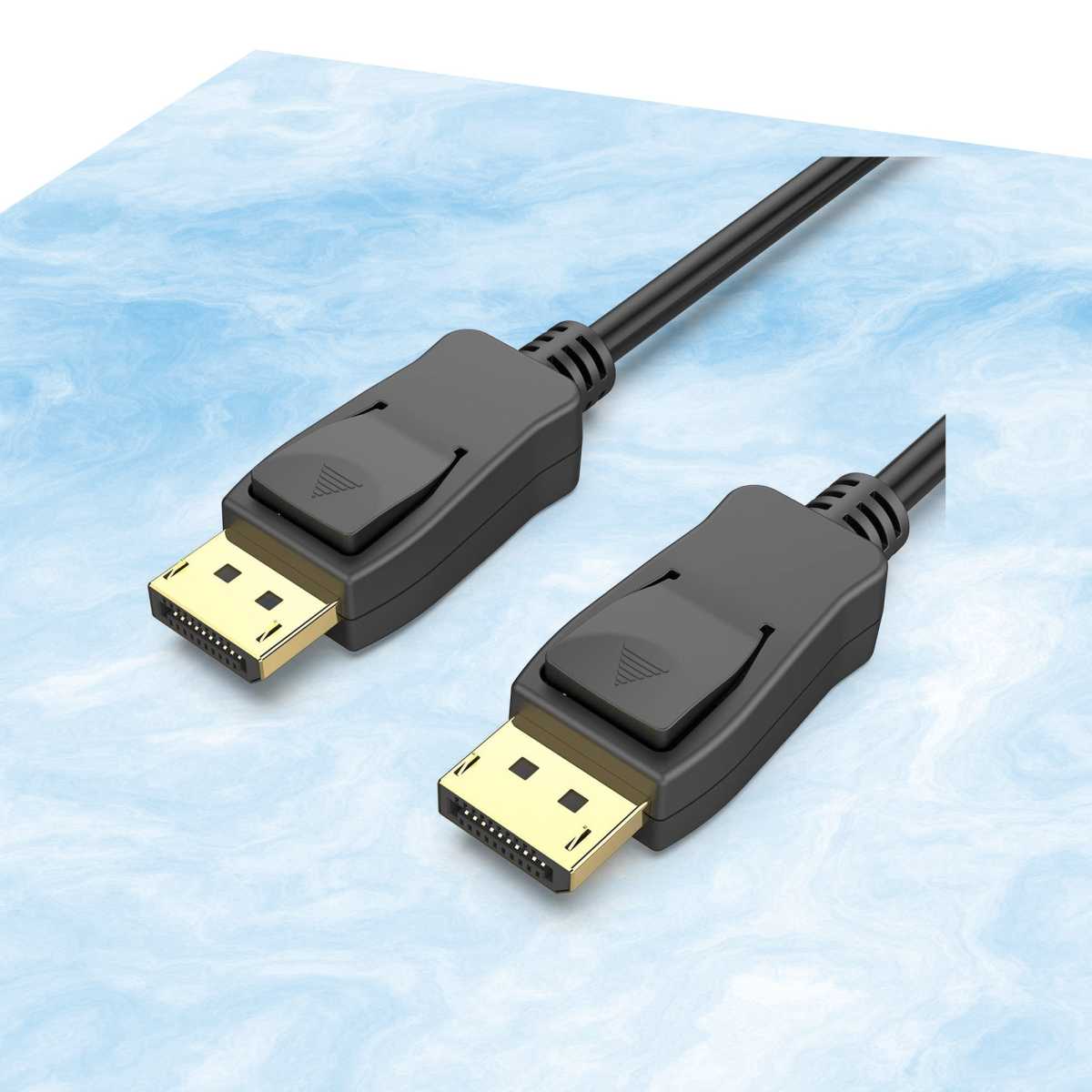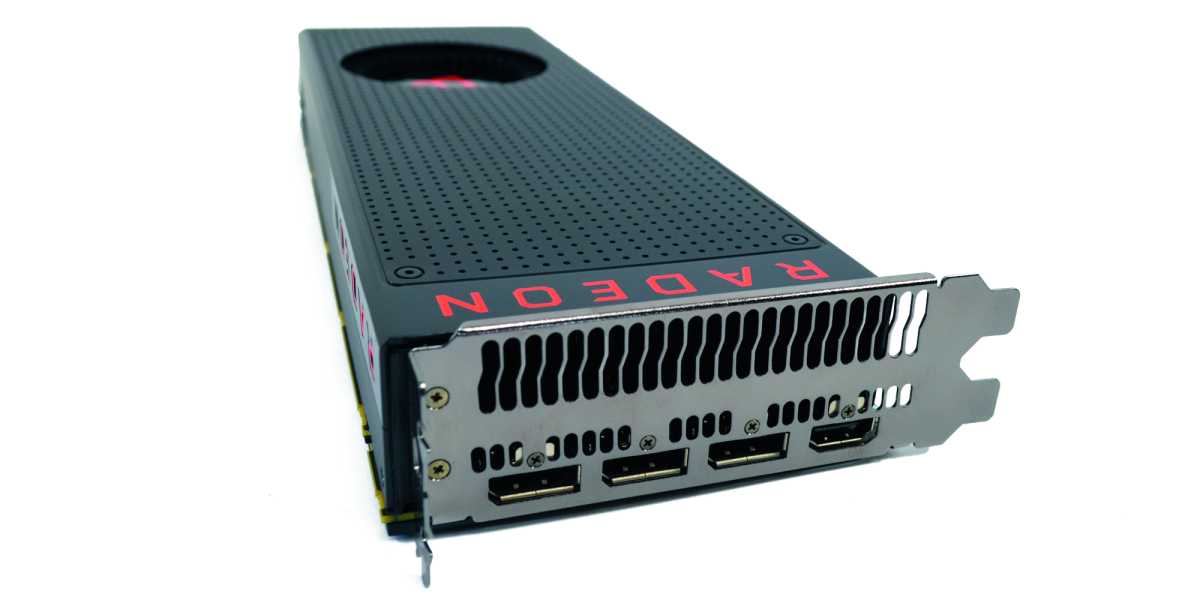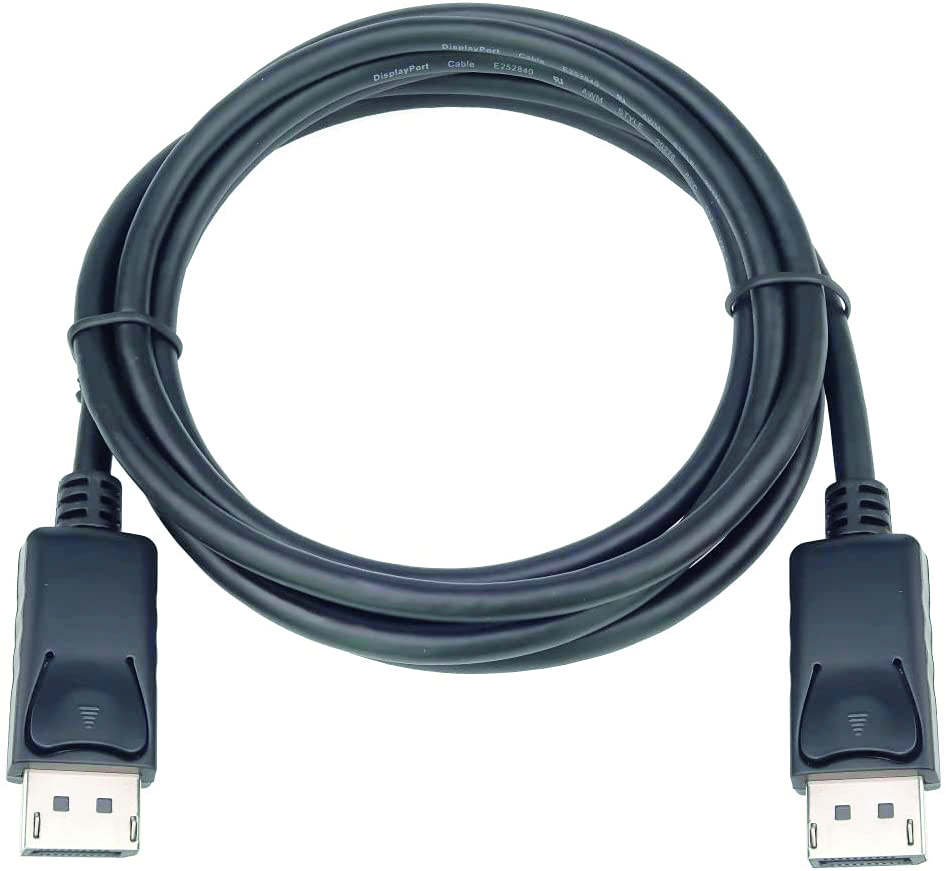One widespread issue that users experience with DisplayPort connections—responsible for linking monitors to graphics cards—is known as Link Failure. This problem often arises, particularly with AMD graphics cards, when a system wakes up from sleep mode. If you notice that your screen suddenly reverts to a lower resolution, it’s likely a sign of link failure.
In such instances, the Radeon software may briefly show an error message. To address this, you should open the software and check for notifications indicating that the monitor doesn’t support the current resolution or refresh rate. If the error develops after adjusting your screen settings, it’s likely because the monitor is unable to accommodate those new specifications.
A simple solution is to reset the settings. However, if you face random link failures, you might need to try disconnecting your monitor. Start by turning off the monitor, unplugging the DisplayPort cable, and disconnecting it from the power source.
Make sure the cable isn’t under power before unplugging it; this will facilitate an easier disconnection. Gently press the plug to disengage it, then reconnect and power on the monitor.
DisplayPort is especially popular among gamers due to its ability to support high refresh rates and various advanced display technologies.
Kabeldirekt
You may also encounter messages like “DisplayPort Not Recognized” or “No Signal.” These often appear if you’ve recently added new hardware—be it a monitor, cable, or hub.
Begin troubleshooting by ensuring that your monitor has the correct input source selected. While many monitors automatically detect the active input, this isn’t guaranteed, especially if your monitor has multiple DisplayPort options. Manually check and choose the appropriate one from the monitor menu.

DisplayPort is known for its high-quality image transmission, but users may face various challenges. We’ve compiled solutions for the common issues.
Benfei
If you are still experiencing issues, try resetting the cable connection. This can be done by switching off both the computer and monitor, detaching the cable for about 30 seconds, and then reattaching it. If possible, test the connection with a different DisplayPort input.
Sometimes, monitors require specific drivers to access all their capabilities. The default Windows drivers typically provide only basic functionality. To ensure optimal performance, visit the manufacturer’s site and download the necessary drivers.
Additionally, outdated or problematic graphics drivers can lead to complications. Verify that your graphics drivers are up-to-date; if the trouble began after an update, you might consider reverting to an earlier version.

Often, adjusting settings in the Radeon software can rectify connectivity issues with your monitor.
IDG
Another frequent complaint regarding DisplayPort connections is image flickering or tearing, particularly noticeable during gaming. This is often the result of using a low-quality or defective cable; cheaper cables may not offer the same durability as premium options. If this is the case, consider testing a different DisplayPort cable or switching to an HDMI connection to see if the issue remains.
If your monitor features multiple DisplayPort inputs, try using different ports.

Numerous users of AMD Radeon graphics solutions report DisplayPort connection issues, often related to the specific version of DisplayPort they are using.
IDG
For monitors with refresh rates of 120Hz, 144Hz, or higher, reducing the refresh rate may alleviate flickering problems. If the issue continues, it may be linked to a driver problem, although this is less common.
Driver-related errors can lead to more severe issues like total signal loss, indicating a deeper underlying complication. DisplayPort issues can be frustrating but are usually straightforward to troubleshoot.
Whether it’s resetting cable connections, updating drivers, or opting for a better quality cable, by implementing the right steps, you can often resolve these matters quickly and fully enjoy your monitor’s capabilities.






